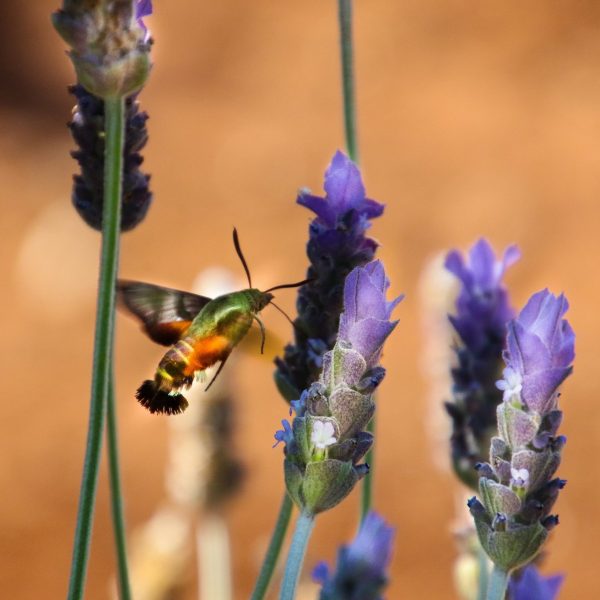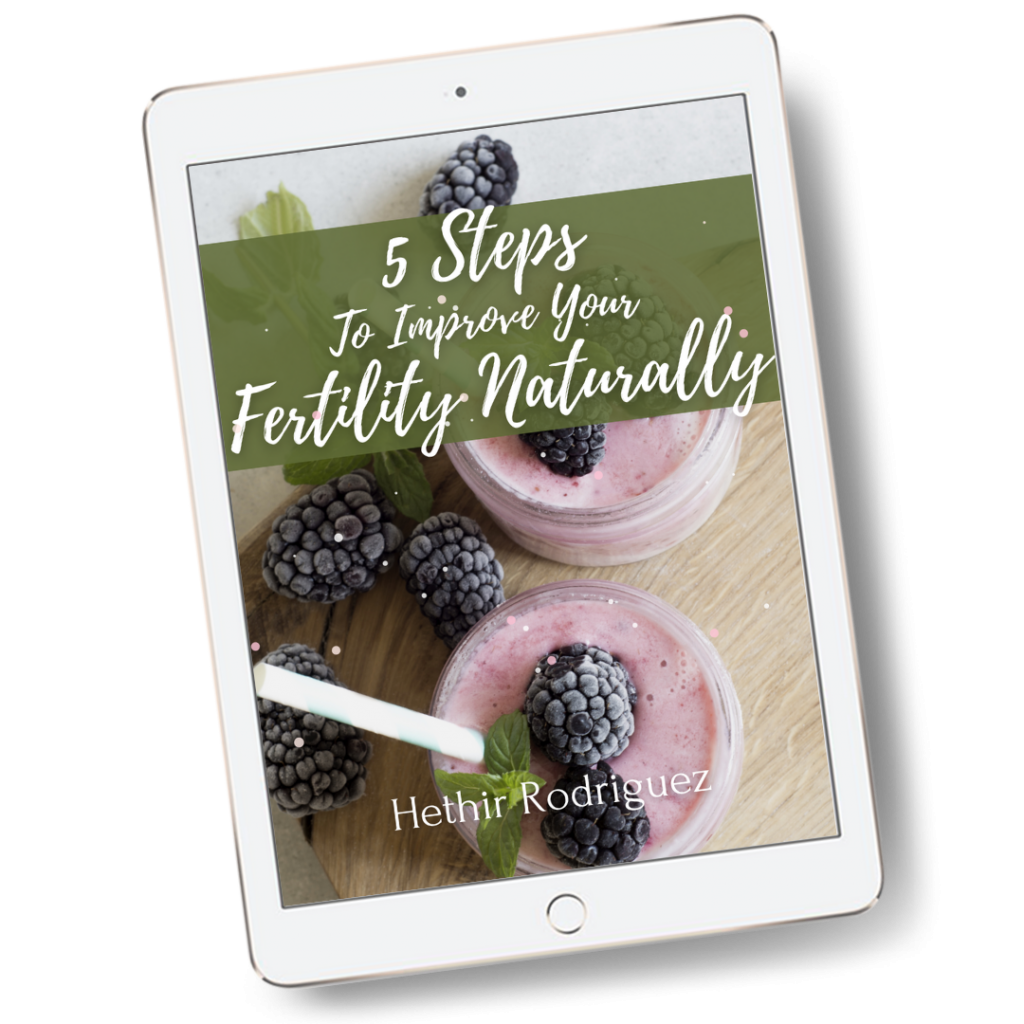Polycystic Ovarian Syndrome (PCOS) is considered to be the leading cause of female infertility. The Centers for Disease Control and Prevention estimates that nearly 5 million women in the United States alone carrying the markers for this disease. Yet, “it is estimated that 50 percent of women with PCOS are going undiagnosed,” according to Sasha Ottey, MHA, Executive Director of PCOS Challenge, Inc..
Symptoms can include:
- Excessive hair growth on the face, chest, stomach and back
- Irregular or absent periods
- Acne and oily skin
- Ovarian cysts
- Excessive weight carried around the stomach
- Pelvic pain
- Skin tags
- Sleep apnea
- Infertility
In order to meet the diagnostic criteria, a patient must present with at least two of the following three issues:
For women with PCOS, this is all basic knowledge. What they may not fully understand, however, is how their presentation of PCOS may differ from the experiences of others.
Two Main Types of PCOS
Presentations of PCOS can typically be broken down into two categories: Insulin-Resistant PCOS and Non-Insulin-Resistant PCOS. The variations in these presentations can create confusion surrounding the disease, as well as the best treatment options.
Insulin-Resistant PCOS
Insulin-Resistant PCOS is also referred to as Type 1 PCOS, and it is what is most often associated with the classic symptoms of PCOS. These include weight gain, ovulatory interruptions, facial hair, hair loss and acne. Those with Insulin-Resistant PCOS also exhibit a greater potential for developing diabetes and increased testosterone levels – both of which are actually caused by the underlying insulin and leptin resistance.
In fact, the insulin and leptin resistance experienced by these patients is the culprit behind many of the unbecoming symptoms they face at the hands of this disease. It leads to the increased weight gain, for instance, and the resulting excess in testosterone is to blame for the combined hair loss and facial hair growth.
The goal for treating Insulin-Resistant PCOS is to improve insulin sensitivity. Often doctors will prescribe weight loss, but it can be difficult for patients with this type of PCOS to lose weight. It requires extra dedication to both diet and exercise, and an understanding that the weight will not come off as quickly as it may for others. However, when weight loss is achieved, symptoms do typically subside. Medications to lower blood sugar are also often prescribed, although there have been natural alternatives – such as Inositol – which have been found to be just as effective in some cases.
Non-Insulin Resistant PCOS
There are some women who meet the diagnostic criteria for PCOS, but who don’t present with insulin resistance. This is what is referred to as Type 2, or Non-Insulin Resistant, PCOS. There can be a variety of causes for this type of PCOS, including Vitamin D or Iodine deficiency, hormone-disrupting toxins, thyroid disease, and adrenal stress. For women experiencing Non-Insulin Resistant PCOS, blood sugar lowering drugs will have no effect on the condition, and neither will reducing weight or going on the pill.
The treatment options in this case tend to be more natural. Patients may be encouraged to avoid dairy while also being prescribed supplements such as Iodine, Vitamin D, Magnesium, and Zinc, along with herbal formulas to reduce testosterone. Natural progesterone may also be prescribed in an attempt to balance hormones and encourage ovulation.
Other Potential Combinations
While the two types of PCOS described above tend to be the most typical presentations, there are some, as shared in the journal Fertility and Sterility, who break the categories down to as many as five different types:
1. Type 1 PCOS:
2. Type 2 PCOS:
3. Non-Traditional PCOS 1:
4. Non-Traditional PCOS 2:
5. Idiopathic Hirsutism:
As you can see, there are many variations when it comes to this condition, which can make finding the appropriate treatment for individual patients difficult. Understanding the factors behind your own case of PCOS and finding a specialist you trust to help you seek the answers you need are the best ways to combat this disease, which affects so many others as well.
- Briden, L. (n.d.). Sensible-Alternative Hormone Clinic. Retrieved from: http://www.sensible-alternative.com.au/female-hormones/polycystic-ovarian-syndrome
- PCOS and Diabetes, Heart Disease, Stroke… (March 14, 2018). Centers for Disease Control and Prevention. Retrieved from https://www.cdc.gov/diabetes/library/spotlights/pcos.html
- PCOS Awareness Lights Up the World: Global Communities Join Forces for a Historic Day of Unity & Advocacy. (Aug 21, 2018). PCOS Challenge: The National Polycystic Ovary Syndrome Association. Retrieved from https://www.prnewswire.com/news-releases/pcos-awareness-lights-up-the-world-global-communities-join-forces-for-a-historic-day-of-unity–advocacy-300700098.html
- Disease Profile for Polycystic Ovarian Syndrome (PCOS). (n.d.). Retrieved from: http://www.wdxcyber.com/dxinf001.htm
- Takai, I., Taii, S., Takakura, K., & Mori, T. (1991). Three types of polycystic ovarian syndrome in relation to androgenic function**Supported in part by grant no. 01570927 for Scientific Research from the Ministry of Education, Tokyo, Japan. Fertility and Sterility, 56(5), 856-862. doi:10.1016/s0015-0282(16)54655-x Retrieved from: https://www.sciencedirect.com/science/article/pii/S001502821654655X
- Polycystic ovary syndrome. (n.d.). Retrieved from: https://www.womenshealth.gov/a-z-topics/polycystic-ovary-syndrome





